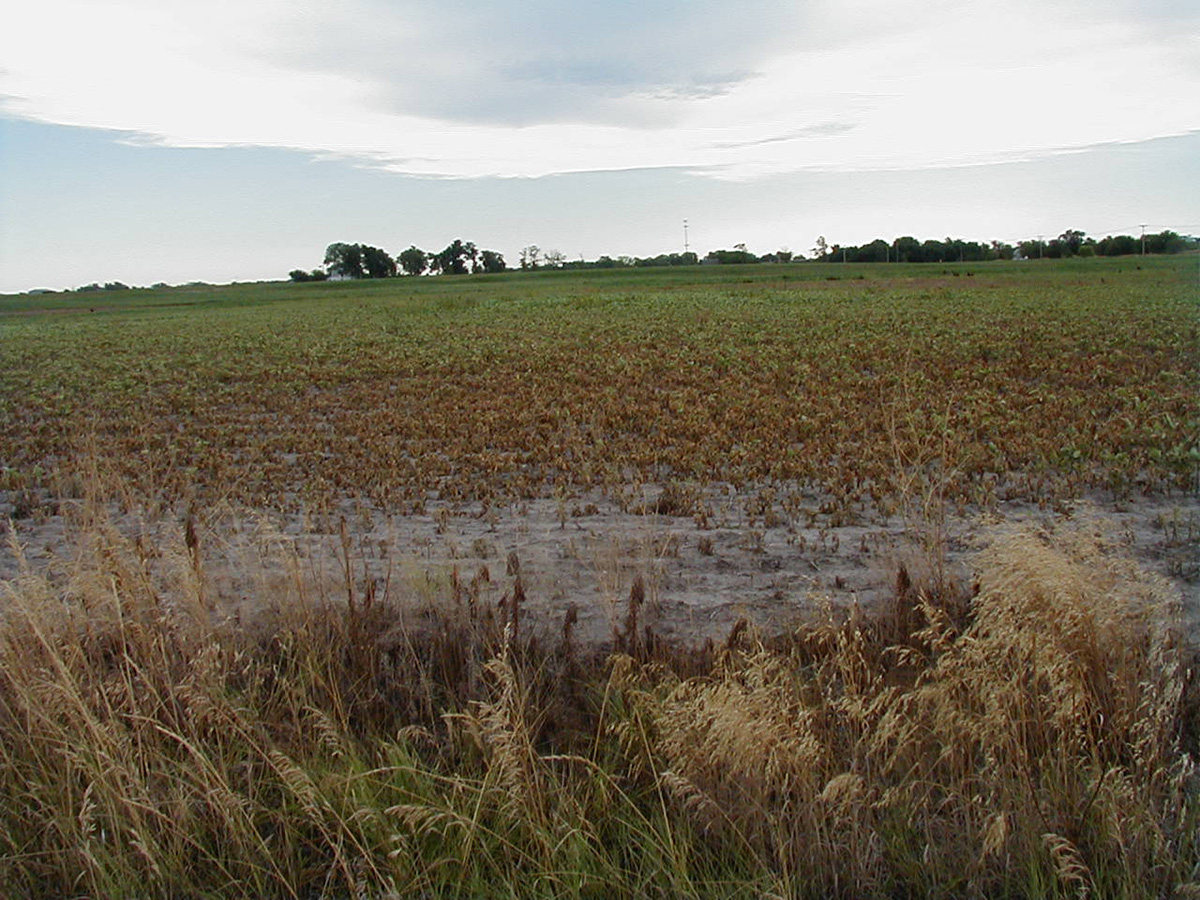
By John Nelson, Extension Educator in Lancaster County
There are likely no words to express how important water is for humanity, and life on earth, in general. It is possible that many of us do not grasp how fortunate we are in our modern societies to have safe and abundant freshwater resources. Nebraska is incredibly blessed to sit on a large portion of the Ogallala aquifer, one of the most amazing water resources in the world. We have capitalized on this in grand fashion, allowing our state to become one of the top agricultural producers in the nation.
WATER ISSUES AND PUBLIC PERCEPTION
The water quality issues in Nebraska have a similar tone to water quantity issues faced in the southern and western regions of the Ogallala aquifer. Water levels in heavily irrigated areas of west Texas, western Kansas and other semiarid regions of the aquifer, have dropped significantly in the past 50 years. Even though farmers, researchers and industries are doing incredible things in the name of water conservation in the area, consistent drought and uncooperative weather are still putting a powerful strain on the aquifer.
As expected, in the eyes of the public, farmers in west Texas and all throughout the Ogallala aquifer region, shoulder the blame for the decline in water levels, even though the vast majority of them go to great lengths to conserve every precious drop. This is the conundrum of being a steward of the land; to balance production, profitability and conservation.
Our farmers in Nebraska are facing a similar situation to those in west Texas. Water quality, namely nitrate, is the issue of the day. As expected, some of the public scrutiny is pointing at Nebraska producers. The debate will, undoubtedly, be fierce, and ideas for remediation of the nitrate problem will likely range from practical to draconian. If we have anything to learn from how the Ogallala aquifer has been managed and regulated, our best option is to be proactive and to do it sooner rather than later.
Farming is a process of continuous innovation and adaptation. Because of the groundwater nitrate concerns in our state, it appears that innovation and adaptation must, once again, lead the charge to confront this issue. Fortunately, tools and methods are being developed, refined and implemented to improve nitrogen management and reduce nitrogen losses in our cropping systems. There is evidence that reducing nitrogen rates, carefully managing application timing and using technologies such as remote-sensing and variable-rate application can improve the efficiency of our nitrogen use, reduce nitrate leaching into the groundwater and accomplish these things while minimizing the risk of yield loss.
THE NEBRASKA ON-FARM RESEARCH NETWORK
One tool we have available for improving understanding of nitrogen management is the Nebraska On-Farm Research Network (NOFRN). Water & Cropping Systems Extension Educators across the state are stepping up their efforts to promote producer involvement in this program. NOFRN is an incredible resource for farmers to conduct randomized, replicated research on their own land, to address their production and profitability questions.
There are about 80-100 on-farm studies completed each year addressing topics like crop production, water and nutrient management and cover crops. Nebraska Extension Educators and Specialists along with the NOFRN team will help growers design trials in their fields, collect data and will statistically analyze the data at the end of the season. It also gives producers a greater level of confidence in the research, knowing the data is coming from a location they are familiar with and likely have a deep understanding of the variability across the landscape and how it has historically affected production.
NOFRN COOPERATORS
One of the focuses for the southeast Nebraska region is to revisit nitrogen rate and timing studies to understand how we can better manage our fertilizer inputs in the face of water-quality issues across the region. Because of the evidence showing reduced nitrogen rates in corn may be realistic, Nebraska Extension personnel have developed several relatively simple nutrient management protocols that could be implemented, including grower N rate compared to +/- 50 lb/ac. However, we encourage any grower with questions, practices or products they would like to evaluate on their farm to contact your local Extension Educator as potential cooperators.
We understand that on-farm research introduces some complexities and inconveniences during busy times of the growing season, but we truly believe it will help farmers across the region improve production, stewardship and profitability of their farms. Anyone who is interested about the program, is encouraged to reach out to their local Water & Cropping Systems Educator or visit https://on-farm-research.unl.edu/ for more information.
___________________________________
WHY ON-FARM RESEARCH?
Impact: Of those attending UNL Crop Production Clinics and Pesticide Applicator trainings in 2010-2011, 97% and 86%, respectively, said they planned to implement practices validated by on-farm research on their farms. Follow-up surveys showed 80% had implemented one or more on-farm research proven practices. Of those, 59% reported increases of 1-6 bu/acre yield and $11-$15 value per acre.